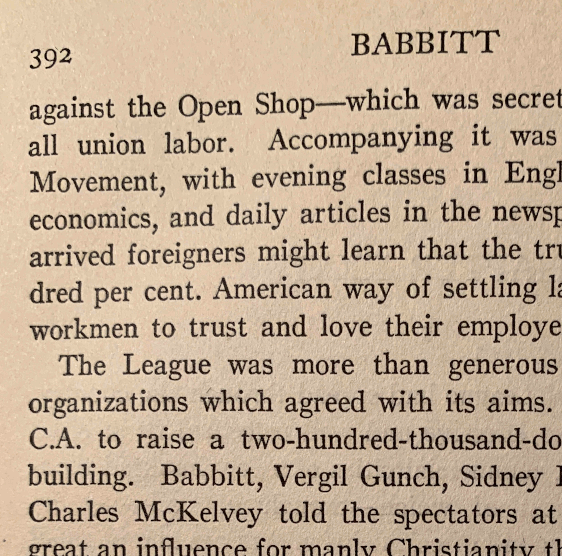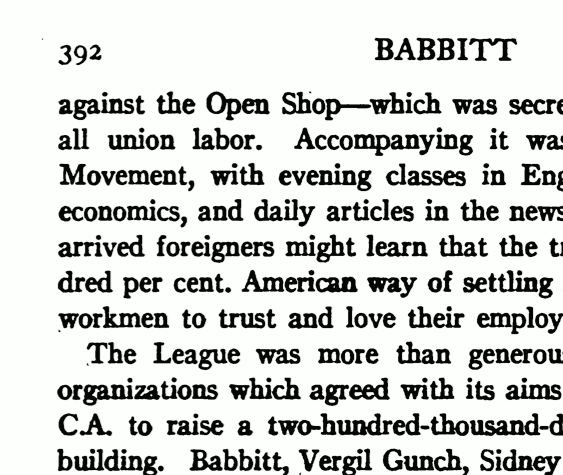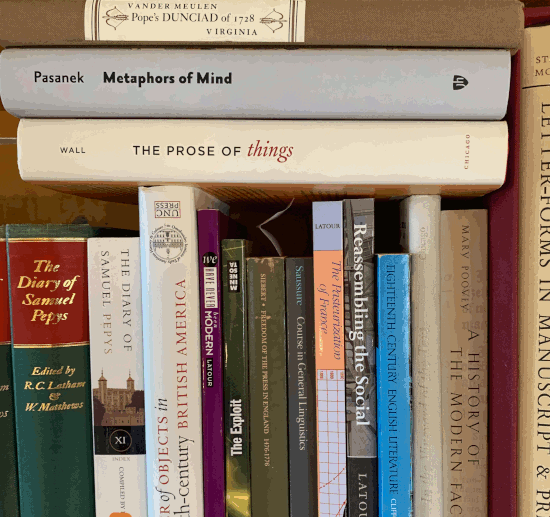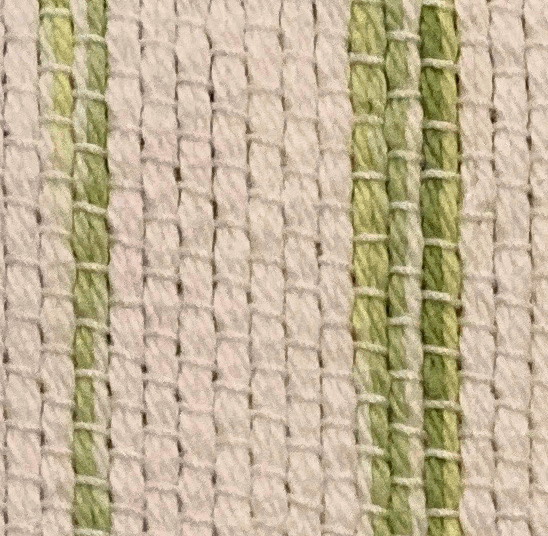About
PocketHinman runs on iOS or Android and compares an image with what the camera sees. We designed it to be a handheld Hinman Collator, but it works for anything.
Physical texts

Digital to physical texts

Objects

Textile warp spacing

PocketHinman runs on iOS or Android and compares an image with what the camera sees. We designed it to be a handheld Hinman Collator, but it works for anything.




When run, the app shows a live camera view with a toolbar across the top and another across the bottom. The toolbar on the top controls the flicker, the bottom the capture. To use the app:
First, take a photo or select a photo from your library.
Second, line up the semi-transparent image with what the camera shows.
Third, press the play (▷) button in the upper right corner to flicker.

Move the slider to the left to slow the blink, to the right to go faster. Hit the play (▷) button to start blinking, the pause ( ‖ ) button to stop.

The bottom toolbar lets you:
Select an existing image from your photo library,
Adjust the photo that you’re comparing with the live video: alpha measures transparency of the overlay and panning and resizing helps adjust the photo for comparison,
Take a new photo to compare with the live video, or
Clear the photo you’ve selected so you can pick a new one.
Communities build tools to solve individual problems, but scholars build tools to solve communities’ problems. PocketHinman, a pocket version of a Hinman Collator, aims to help individual scholars understand how seemingly identical texts, images, and objects vary. It’s a tool that they can use at home, in a library, or anywhere they want to study. Because the idea of blink comparison undergirds the design, the app has many more applications than the original aims.
The initial design was created by J. P. Ascher and DeVan Ard, with advice from Elizabeth Ott, Devin Fitzgerald, and David Levy, and with funding from the Institute of Humanities and Global Cultures at the University of Virginia. Ross Harding coded the first version. Sam Lemley and Neal Curtis refined it during a second round of funding. Vaarnan Drolia updated the app for iOS 17 and squashed a few bugs with funding from the Bibliographical Society. J. P. Ascher initially developed the idea during David Vander Meulen’s “Books as Physical Objects” in a final paper.
J. P. keeps the app available and has written more extensively on the design philosophy in the final partition of his dissertation, “Reading for Enlightenment in the Beginning of Philosophical Transactions.”
We give the code freely to anyone who wants to modify or improve on it: for iOS or for Android.
While you can load images already stored on your phone, the app does not store images or data between sessions. No personal data is collected or sent to any server after you install the app. There are neither third party server integrations, accounts, analytics, advertising, nor hidden trackers in this app.
The app has been used with sensitive and restricted materials because it does not retain the temporarily captured image.